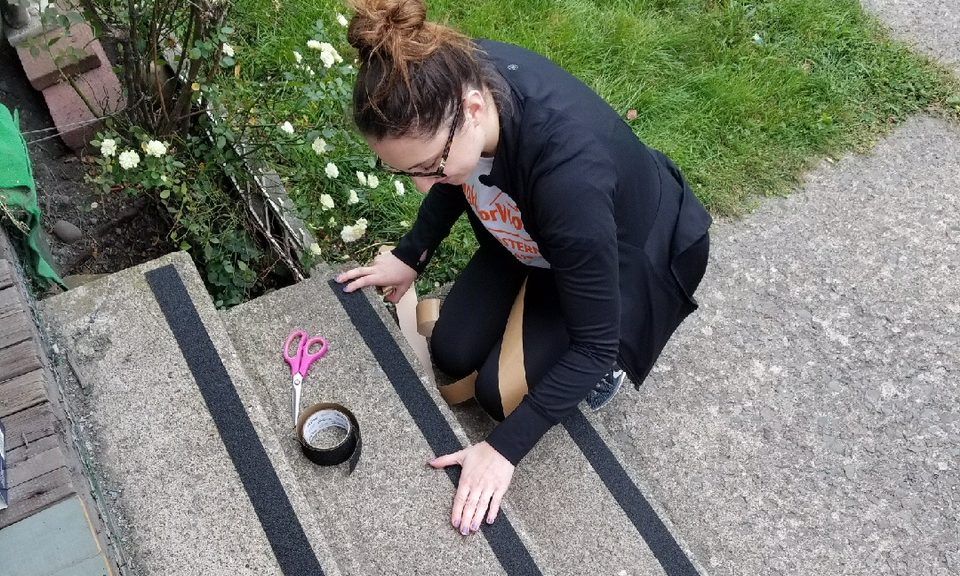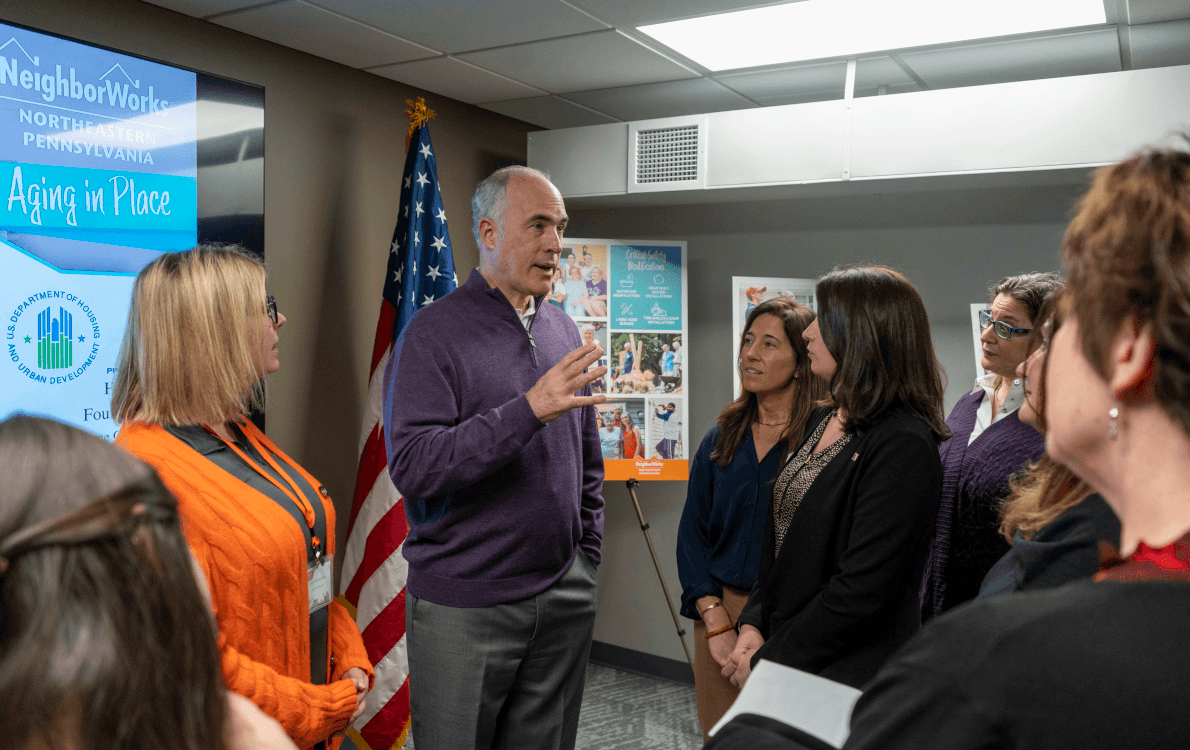
Many older adults want to continue to live in their homes as they age. However, a looming concern for them or their family members is the risk of a fall or accident. It is estimated that as many as 1 in 3 adults 65 or older fall every year. According to the National Council on Aging, “falls result in more than 2.8 million injuries treated in emergency departments annually, including over 800,000 hospitalizations and more than 27,000 deaths.” These falls take a toll on a person’s physical and mental health, but they can also take a toll on one’s finances. A fall is estimated to cost an average of $34,294.
Older adults who live alone are most susceptible to falling. Seniors who worry about falling tend to limit activities that they perceive as increasing the risk of a fall, such as walking, shopping, or taking part in social activities. The irony is that this isolation could lead to loneliness or depression, which also increases the risk of a fall or accident. So, what should you do in this situation?
Since every person’s situation is unique, you should consult your doctor to determine what is right for you. But here are some ways you can reduce your risk of falling:
- Stay active: Take a walk, go shopping, garden, visit with friends and family, and do light exercises (if possible) to help you stay fit and active. Letting your muscles become weak makes you more likely to fall, so doing what you can without overextending yourself is a good idea. Check your local senior center for exercise classes for seniors!
- Assess fall factors: As our bodies age, our senses begin to dull. Consider your eyesight, hearing, balance, and reflexes. If it’s been a while since you’ve had any of these checked, it may be time to ask your doctor about them. Being aware of a problem can, in many ways, prevent it from turning into a bigger problem.
- Read your medications: Many medications have side effects that could lead to a fall, such as dizziness, sleepiness, or confusion. Talk to your doctor about ways you may be able to offset these side effects.
- Get enough sleep: You are more likely to fall if you are tired or sleepy.
Stand up slowly: If you stand up too quickly, your blood pressure may drop, causing you to feel dizzy.
- Use a cane, walker, or other assistive device when you walk: Even if you don’t think you need it, it pays to be safe.
- Eat healthy: Vitamin D and calcium are important to keep your bones strong, which can help to prevent falls, but everyone benefits from a diet rich in a variety of vitamins and minerals. Ask your doctor about ways to get the vitamins and minerals your body needs to stay healthy.
- Always update your doctor: If you fall, it is important to alert your doctor, even if you did not hurt yourself or were able to get up okay. Your doctor may be able to determine why that fall happened and help to prevent it from happening again.
- Make your home safer: There are many ways to make your home safer and prevent falls. For example, if you have trouble seeing at home, you may want to add night lights and purchase brighter light bulbs. If you have loose carpet or rugs, you may need to secure them to prevent tripping over them. To be sure, ask your doctor about having an occupational therapist or other expert come to your home to assess the safety of your living environment. And read our last blog post: Making Homes Safer for Older Adults.
At NeighborWorks, we believe that your home should always be a safe and comfortable space where you can live without fear. Since 6 out of 10 falls occur at home, it is clear that more work needs to be done to help older adults make their homes safer. If you or someone you know is an older homeowner, contact us to learn more about the ways we may be able to help make your home safer.
For more information about preventing falls at home:
National Falls Prevention Resource Center
1-571-527-3900
www.ncoa.org/center-for-healthy-aging/falls-resource-center
Centers for Disease Control and Prevention (CDC)
1-800-232-4636 (toll-free)
1-888-232-6348 (TTY/toll-free)
www.cdc.gov
This post is part of a series focused on helping older homeowners live safely and comfortably in their own homes for as long as possible, a concept know as aging in place. Read our last post, Making Homes Safer for Older Adults, and stay tuned for the next post in the series!




